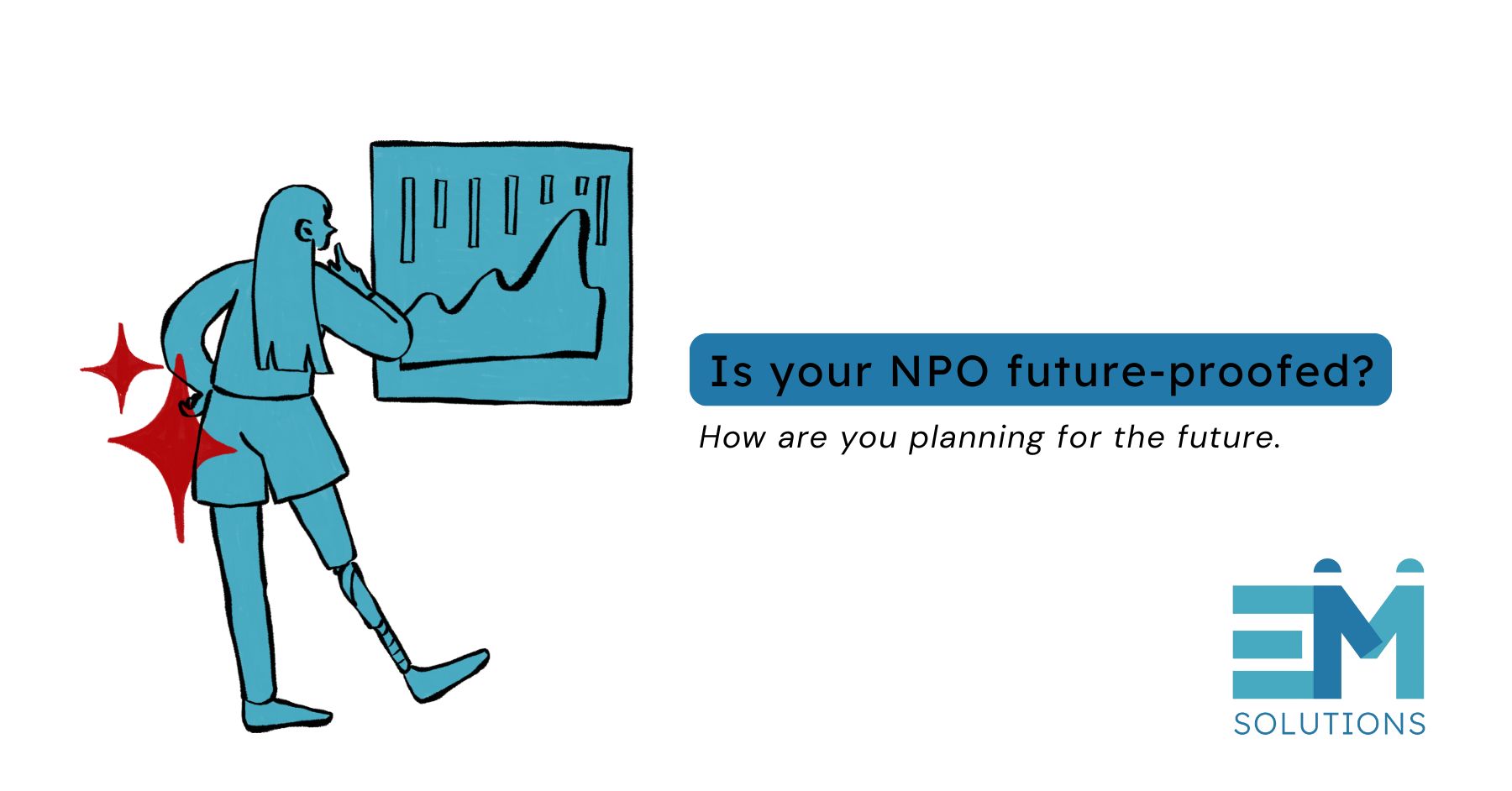Last blog I spoke about the need to repeat important information to make sure it sticks, is internalised and is actioned. Today I want to unpack the other C’s ineffective communication:
- Clear
- Comprehensive
- Concise
- Continuous (see the last blog)
We all know that our communication should be simple and to the point, but some nuances need to be accounted for, such as cultural communication. Straight to the point and summarising the main action items is a very American style of communication, the French would think you’re treating them like children if you summarise the meeting at the end. The Dutch are known for being very direct, however, most Asians would die of embarrassment to stay something straight out. In Africa, the conversation is rooted in relationships so a purely task-orientated message is abrasive. You need to understand the audience that you are addressing so that you can communicate in a manner that will be the most effectively received by them.
Another consideration that can cause huge misunderstandings is making assumptions in your message. This is a hard one to pick up as the message is perfectly obvious to you! However, when you really put yourself in your audience’s shoes you realise that you have historical knowledge, contextual understanding and a particular viewpoint that may not be shared by the other person. A simple example is the quick reply: “The document looks good”. Which document? The author is assuming the reader knows which document but the reader might have sent multiple documents over the week and the author is referring to the 3rd one that they are only reading now. I have gone back and changed many emails to include specific details so that there is no opportunity for misinterpretation! Acronyms are another one – we often find that the same 3 letters mean different things to different clients so keeping them straight is a challenge. Does the reader know exactly what you’re talking about?
Remember, it is the responsibility of the person communicating to ensure that their message is fully understood by the reader, so you can’t say: “They should know what I’m talking about!”. You need to do everything in your power to make sure that the message is clear, even if it means repeating it in different ways till they get it.
Let us know a time when the recipient of your message completely misunderstood what you were trying to communicate, and what you did about it.








Leave A Comment